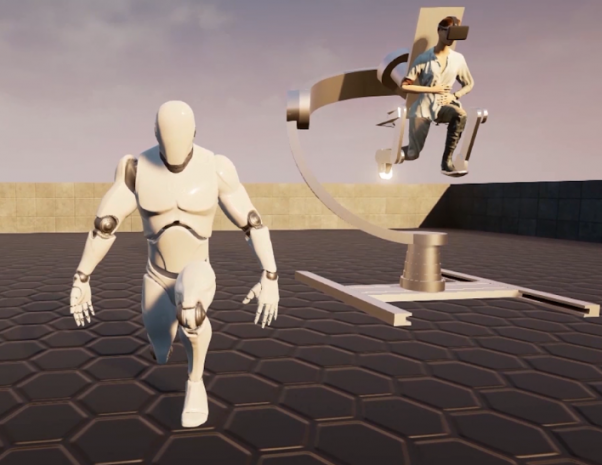
Breaking News
 Harbor Freight Coverpro 12x20 made into a Metal Building part 2
Harbor Freight Coverpro 12x20 made into a Metal Building part 2
 Brian Cole BUSTED, Halle Berry NUKES Newsom + Candace REJECTS TPUSA Challenge...
Brian Cole BUSTED, Halle Berry NUKES Newsom + Candace REJECTS TPUSA Challenge...
 I spent my Thanksgiving in the emergency rom... Medical emergencies can pop up at any time.
I spent my Thanksgiving in the emergency rom... Medical emergencies can pop up at any time.
 The "Golden Age" of Job Layoffs?
The "Golden Age" of Job Layoffs?
Top Tech News
 Build a Greenhouse HEATER that Lasts 10-15 DAYS!
Build a Greenhouse HEATER that Lasts 10-15 DAYS!
 Look at the genius idea he came up with using this tank that nobody wanted
Look at the genius idea he came up with using this tank that nobody wanted
 Latest Comet 3I Atlas Anomolies Like the Impossible 600,000 Mile Long Sunward Tail
Latest Comet 3I Atlas Anomolies Like the Impossible 600,000 Mile Long Sunward Tail
 Tesla Just Opened Its Biggest Supercharger Station Ever--And It's Powered By Solar And Batteries
Tesla Just Opened Its Biggest Supercharger Station Ever--And It's Powered By Solar And Batteries
 Your body already knows how to regrow limbs. We just haven't figured out how to turn it on yet.
Your body already knows how to regrow limbs. We just haven't figured out how to turn it on yet.
 We've wiretapped the gut-brain hotline to decode signals driving disease
We've wiretapped the gut-brain hotline to decode signals driving disease
 3D-printable concrete alternative hardens in three days, not four weeks
3D-printable concrete alternative hardens in three days, not four weeks
 Could satellite-beaming planes and airships make SpaceX's Starlink obsolete?
Could satellite-beaming planes and airships make SpaceX's Starlink obsolete?
Holotron presents a lower-body VR exoskeleton with full force feedback

But it ain't an easy problem to solve. As we interact with the world, so the world interacts with us, and to truly feel like we're physically inhabiting a virtual world, or to accurately control a robotic telepresence somewhere else on the planet, the virtual world needs to be able to exert forces on the body even as we operate against it. When you punch a wall, your hand has to stop.
When you push against something, you need to feel the resistance. A VR exosuit needs to perfectly measure how much force you're exerting, while exerting an appropriate force in reverse – at any angle, on any part of the body. It's a hardware nightmare.
Leaving aside the billion-dollar holy grail of virtual sex you can actually feel, let's take a look at how one German company is trying to replicate the simple physical experience of walking with a force-feedback lower-body exoskeleton. Dr. Marcel Reese says he's prototyped the first working system for force feedback and balance feedback as you walk in VR.
The Holotron, as he calls it, starts out by suspending you off the floor, meaning it can decide where the floor is in the virtual world, and what angle, and how it's moving. It also lets you feel a certain facsimile of physical movement when you jump or get thrown into the air.
Your legs are placed into a beefy frame covered with motors and sensors, which Reese says operate in low latency to track your leg movements while delivering resistance and force motion where appropriate. If a big ball rolls into your leg, it'll knock your leg backwards. A set strength limit of 150 Nm represents 25 percent of the force the suit could exert on a user, and anything outside those limits will cause the body to go briefly out of sync with the virtual world until it catches up again.

 First totally synthetic human brain model has been realized
First totally synthetic human brain model has been realized Mach-23 potato gun to shoot satellites into space
Mach-23 potato gun to shoot satellites into space

